
companies of kalman filter algorithms for UAV PTZ gimbals, adults UAVs, PTZ PCB! suppliers of PTZ,drone camera, big UAV systems,UAV PTZ PCB parts in china.
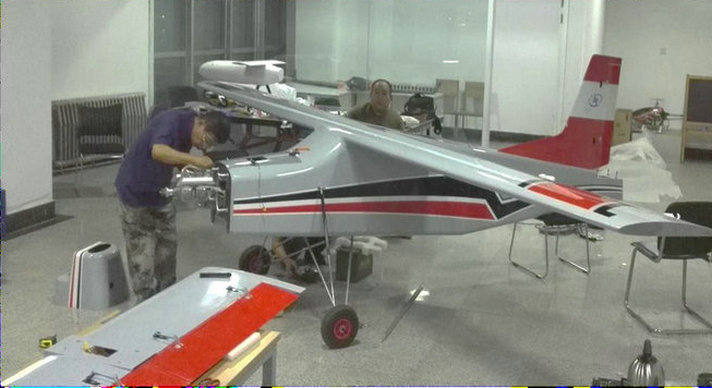

in the context of drones, the kalman filter can be used for tasks such as accurate localization, tracking, and navigation. drones are equipped with various sensors, such as accelerometers, gyroscopes, GPS receivers, barometers, and magnetometers. each sensor provides data about the drone's position, orientation, and velocity.
it helps improve the accuracy of global navigation satellite system based position estimates by fusing global navigation satellite system data with other sensor measurements and the drone's motion model. It is also valuable for maintaining stable flight control and navigation even in the presence of noisy sensors and external disturbances.
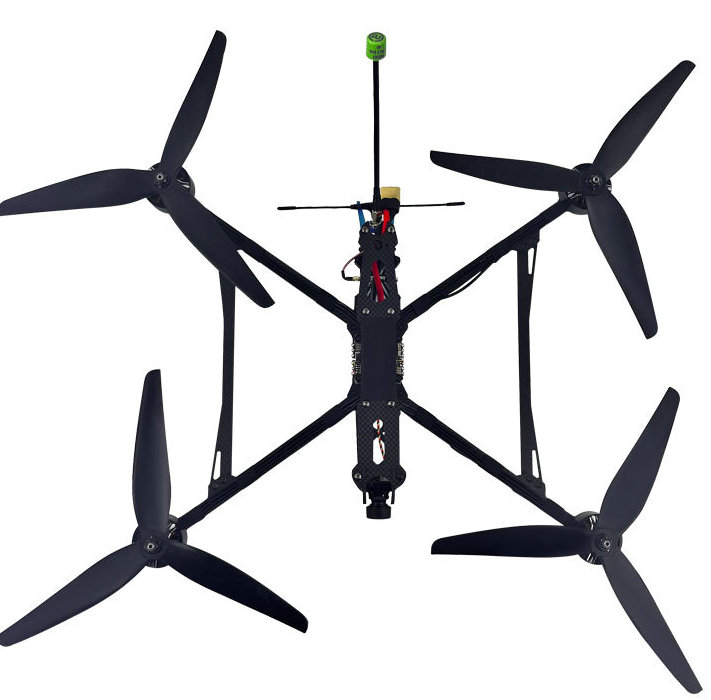
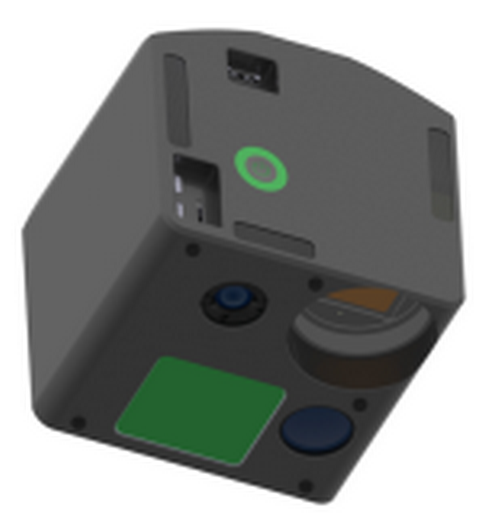
the kalman filter is a mathematical algorithm that plays a crucial role in various applications, including drones. in the context of drones, the kalman filter is primarily used for sensor fusion and state estimation. Its main purpose is to combine noisy or uncertain sensor measurements with a dynamic system model to estimate the true state of the drone accurately.
these sensor measurements often contain noise, errors, and uncertainties. the kalman filter helps fuse the data from multiple sensors to obtain a more accurate and reliable estimate of the drone's state. the state of the drone refers to its current position, orientation, velocity, and possibly other relevant variables.
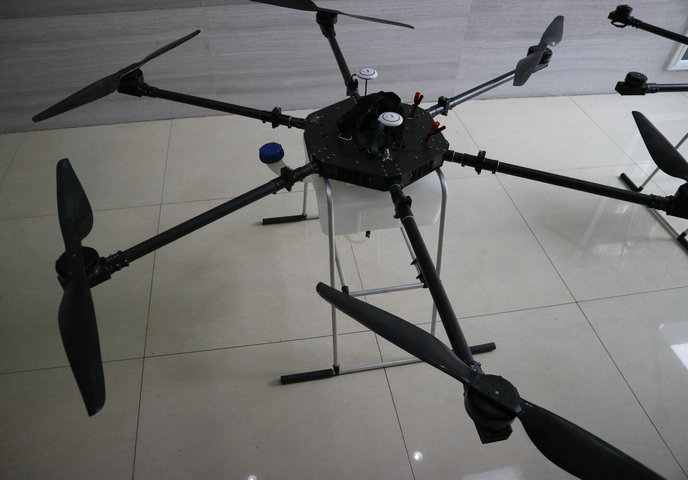
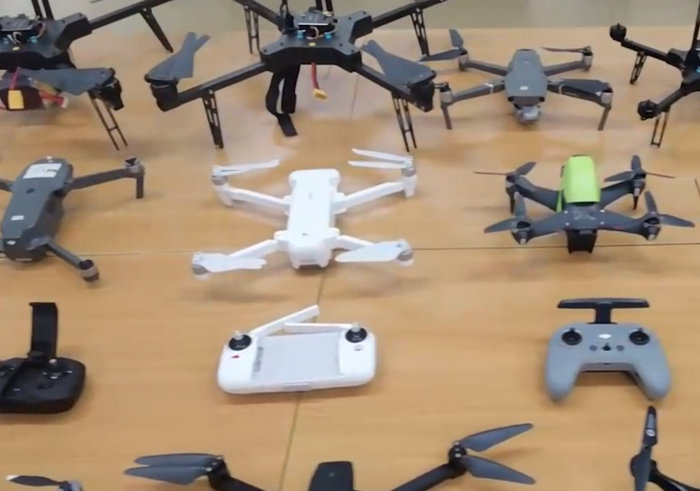
kalman filter maintains a dynamic model of the drone's state, including the state transition dynamics and the state observation model. the kalman filter predicts the drone's state at the next time step based on the current state estimate and the dynamic model.it calculates a prediction of the state's mean and covariance, taking into account the drone's dynamics and uncertainty.
in the update step, the kalman filter incorporates sensor measurements to correct the predicted state estimate. it calculates the kalman gain, which represents the weight given to the sensor measurements relative to the prediction. the filter combines the predicted state estimate and sensor measurements using the Kalman Gain to obtain an updated, more accurate state estimate.
kalman filter also updates the covariance matrix, which characterizes the uncertainty in the state estimate. after incorporating sensor measurements, the filter reduces the uncertainty in the state estimate. kalman filter operates in an iterative manner, continuously predicting and updating the state estimate as new sensor data becomes available. it adapts to changing conditions and is effective in real-time applications.
while the kalman filter is widely used, it is essential to tailor the filter's parameters and design to specific drone applications and sensor configurations to achieve optimal performance. additionally, in some cases, more advanced filtering techniques, like the extended kalman filter or unscented kalman filter, may be preferred when dealing with highly nonlinear systems or complex dynamics.
- home
- products
- contact
- equipments
- UAV
- camera drones
- fixed wing UAV 200
- VTOL aircrafts 220
- hand-throwing fixed-wing UAVs
- quadcopter drones 820
- huge hexacopter UAVs 1550
- big hexacopter UAVs 1100
- drone PCB
- mini drones 180
- PTZ gimbals
- hydrogen powered drones
- drone LiDAR cameras
- FPV drones
- drone hangar
- underwater robotics
- unmanned helicopters
- drone swarms
- aerial photography drones
- agriculture drones
- inspection drones
- police drones
- emergency drones
- logistics drones
- mapping drones
- mining drones